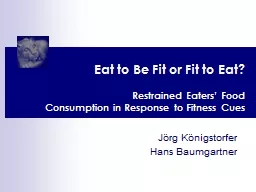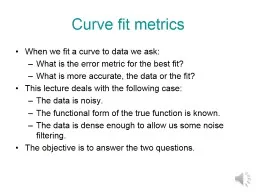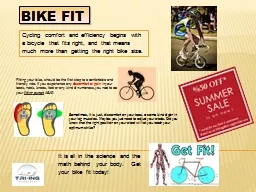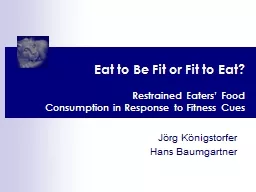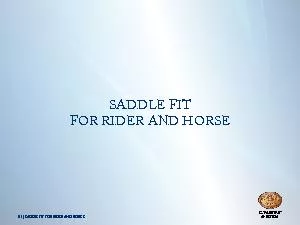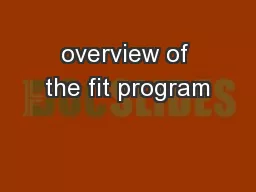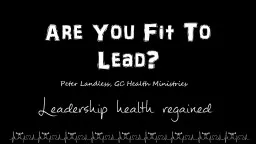PPT-Eat to Be Fit or Fit to Eat
Author : alexa-scheidler | Published Date : 2016-07-03
Restrained Eaters Food Consumption in Response to Fitness Cues Jörg Königstorfer Hans Baumgartner Healthy food decision making maintaining or lowering their
Presentation Embed Code
Download Presentation
Download Presentation The PPT/PDF document "Eat to Be Fit or Fit to Eat" is the property of its rightful owner. Permission is granted to download and print the materials on this website for personal, non-commercial use only, and to display it on your personal computer provided you do not modify the materials and that you retain all copyright notices contained in the materials. By downloading content from our website, you accept the terms of this agreement.
Eat to Be Fit or Fit to Eat: Transcript
Restrained Eaters Food Consumption in Response to Fitness Cues Jörg Königstorfer Hans Baumgartner Healthy food decision making maintaining or lowering their body weight is an important goal . ?. Restrained Eaters’ Food. Consumption in . Response to Fitness Cues. Jörg Königstorfer. Hans Baumgartner. Healthy food decision making. maintaining . or lowering . their body . weight is an important goal . Paul Silich. Ed Detlie. Why should you care?. Why should you care?. How can it help your clients?. Why should you care?. How can it help your clients?. How can you set it up?. 1) Go to . http://www.ssa.gov/appeals/fit. When we fit a curve to data we ask:. What is the error metric for the best fit?. What is more accurate, the data or the fit?. This lecture deals with the following case:. The data is noisy.. The functional form of the true function is known.. Cycling comfort and efficiency begins with a bicycle that fits . right, and that means much more than getting the right . bike size.. Fitting your bike, should be the first step to a confortable and friendly ride. If you experience any . Welcome!. NextGen. Programs & . ADS-B for GA. Presenter: Isaac M. Silver, Ph.D., ATP, Gold Seal CFI/CFII/MEI, AGI. Deputy Executive Director of Aviation Programs. Assistant Professor of Aeronautical Science and Technology. ?. Restrained Eaters’ Food. Consumption in . Response to Fitness Cues. Jörg Königstorfer. Hans Baumgartner. Healthy food decision making. maintaining . or lowering . their body . weight is an important goal . . Robert McKinnon. RE:FIT . Programme. Delivery Unit. Putting our energy into reducing yours. Rising fuel bill costs. Fuel bill savings . vs. the cost of doing nothing!! . Better environment for staff and students (warmer, brighter). Outbrief. Supannika . Koolmanojwong. . Mobasser. The Aerospace . Corporation. USC CSSE Annual Research Review. March 17, 2016. Motivation. How do we know that this project / this proposal would be a good fit for an agile development? . 02 | SADDLE FIT FOR RIDER AND HORSEG. PASSIER & SOHN GMBH: THE COMPANY 03 | SADDLE FIT FOR RIDER AND HORSETHE SADDLE FIT –RIDER 04 | SADDLE FIT FOR RIDER AND HORSETHE SADDLE FIT – RIDER:SIZE Medical Director. 12 week healthy lifestyle course for children between 10-18 years of age and their families. The program meets 3 days per week for 2 hours. During these 2 hours children workout with trainers and receive education on developing healthy lifestyles. Rolan. . Monje. Kashrut. . (or kosher) is . the body of Jewish law dealing with what foods we can and cannot eat and how those foods must be prepared and eaten. . From a Christian perspective, Kosher Law refers to the classification “clean and unclean” foods in the Old Testament (esp. Leviticus and Deuteronomy) including prohibitions regarding intake. Kosher foods are allowed foods.. Presented to the state interagency hazard mitigation team (IHMT) . Oregon GIS . Framework, Hazards FIT . Bob . DenOuden, Stev. e Lucker. . 1/15/2015. Oregon GIS Framework Program. A program within DAS Geospatial Enterprise Office (GEO). Health Ministries. “At the end of the Civil War the poor health of church leaders was crippling the leadership of the fledgling Seventh-day Adventist Church. As a result, a group of sick church leaders, which Uriah Smith dubbed the ‘Adventist invalid party,’ left Battle Creek to travel to ‘Our Home’ for treatment.”. AMIHUNGRYCOM313031 Things to DoBesides EatCopyright MMXIV Michelle May MD All rights reservedWhen you recognize you want to eat in response to a trigger rather than physical hunger one of your options
Download Document
Here is the link to download the presentation.
"Eat to Be Fit or Fit to Eat"The content belongs to its owner. You may download and print it for personal use, without modification, and keep all copyright notices. By downloading, you agree to these terms.
Related Documents

